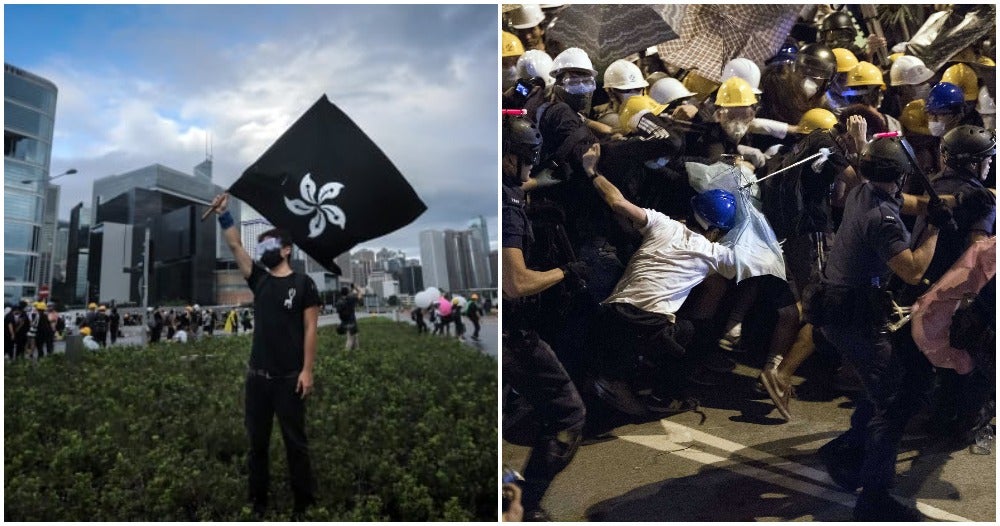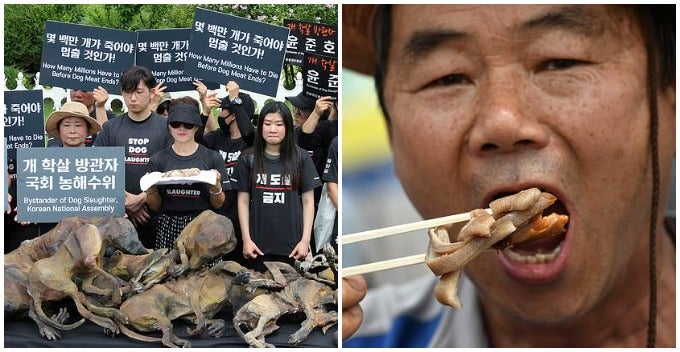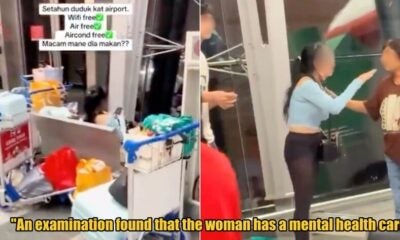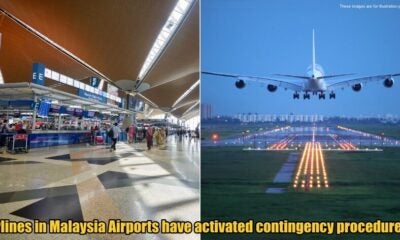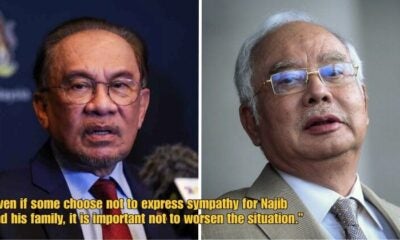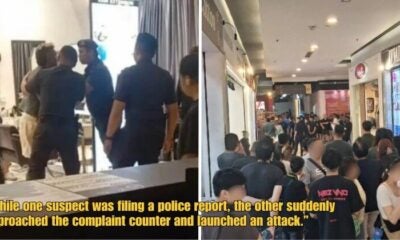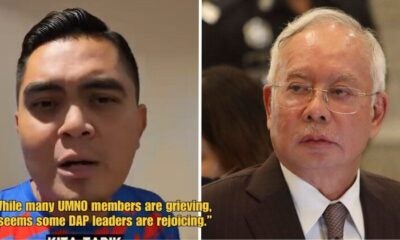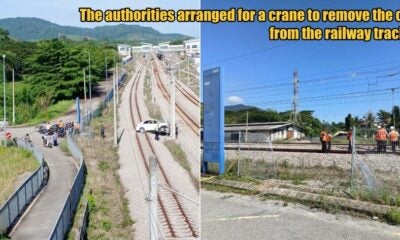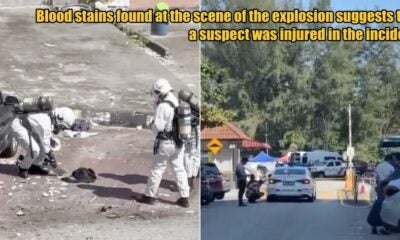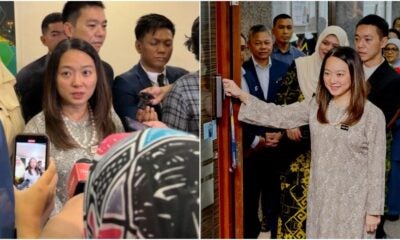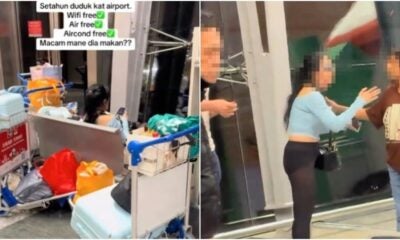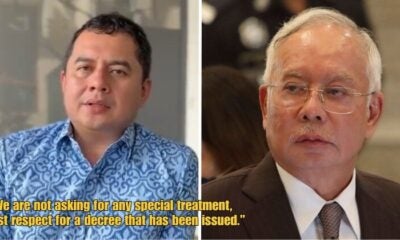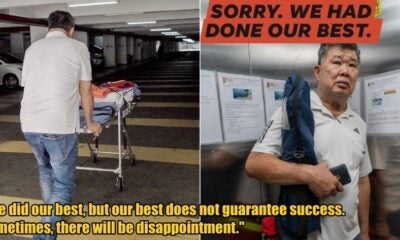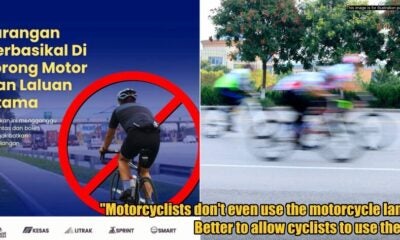An amendment was proposed in February by the Hong Kong Security Bureau in response to a murder that occurred in Taiwan back in 2018, where the murder suspect had fled to Hong Kong to avoid punishment. The Hong Kong government was unable to send the person back due to the lack of formal extradition arrangements between the two jurisdictions as it maintains a separate governing and legal system under the “one country, two systems” principle.
This legislation, if passed will allow China to freely extradite (take) people from Hong Kong, which protestors claim would open the gates to the persecution and extradition of political dissidents, and they claim that may lead to unfair judgements against legitimate critics of the authoritarian government in Chinese courts.
So in response to that, the people took to the streets to protest, and have persisted for 10 weeks now, regularly taking to the streets on weekends under the threat of police violence and increasingly hostile rhetoric from the ruling Communist Party of China and its state news organs.
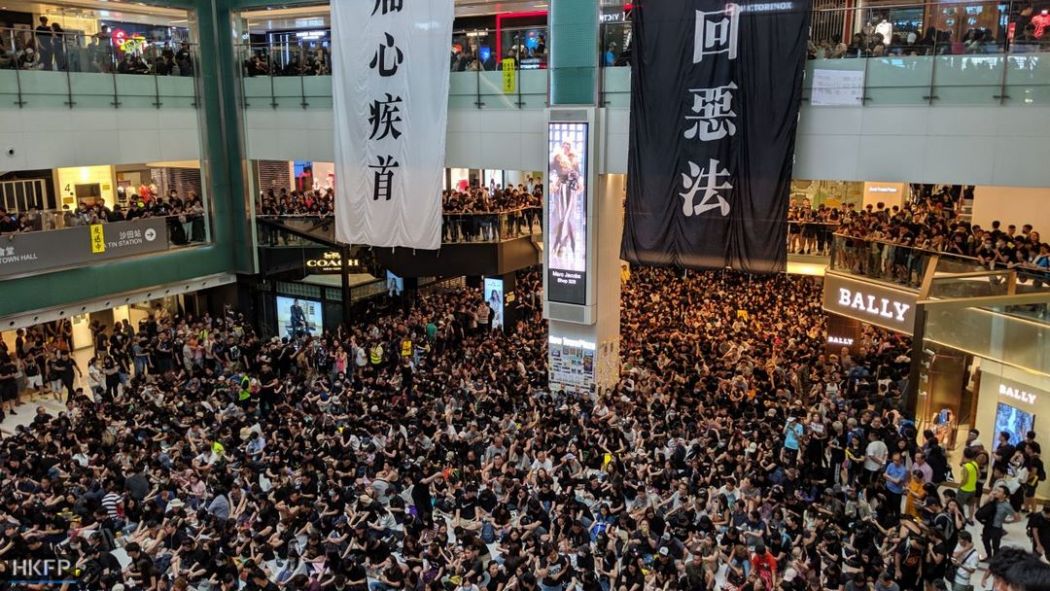
Source: HKFP
Here’s a timeline:
The Civil Human Rights Front (CHRF), a platform for 50 pro-democracy groups, launched its first protest march against the bill on 31st March. Lam Wing-kee, the owner of Causeway Bay Books who had been kidnapped by Chinese agents in 2015, led the rally. Organisers claimed 12,000 people took part in the march, while police put the peak figure at 5,200.
A second protest march took place on the 28th of April. While police estimated 22,800 protesters, while the organisers claimed 130,000 participants showed up. On 29th April, Chief Executive Carrie Lam stood her ground, insisting that Hong Kong’s legislature pass the bill.
In black attire, lawyers, legal academics and law students marched against the extradition bill. There were more than 3000 lawyers present, and they stood in front of the government headquarters silently for about 3 minutes.
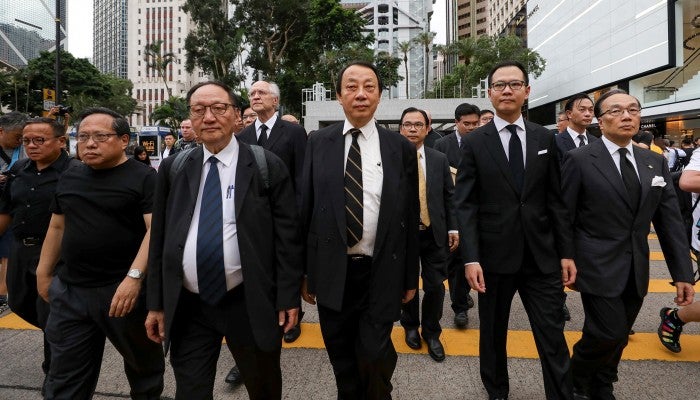
Source: SCMP
According to organisers, a total of 1.03 million people took part in the protests against the extradition bill. A police spokesperson told Reuters that 240,000 were present at the “peak.”
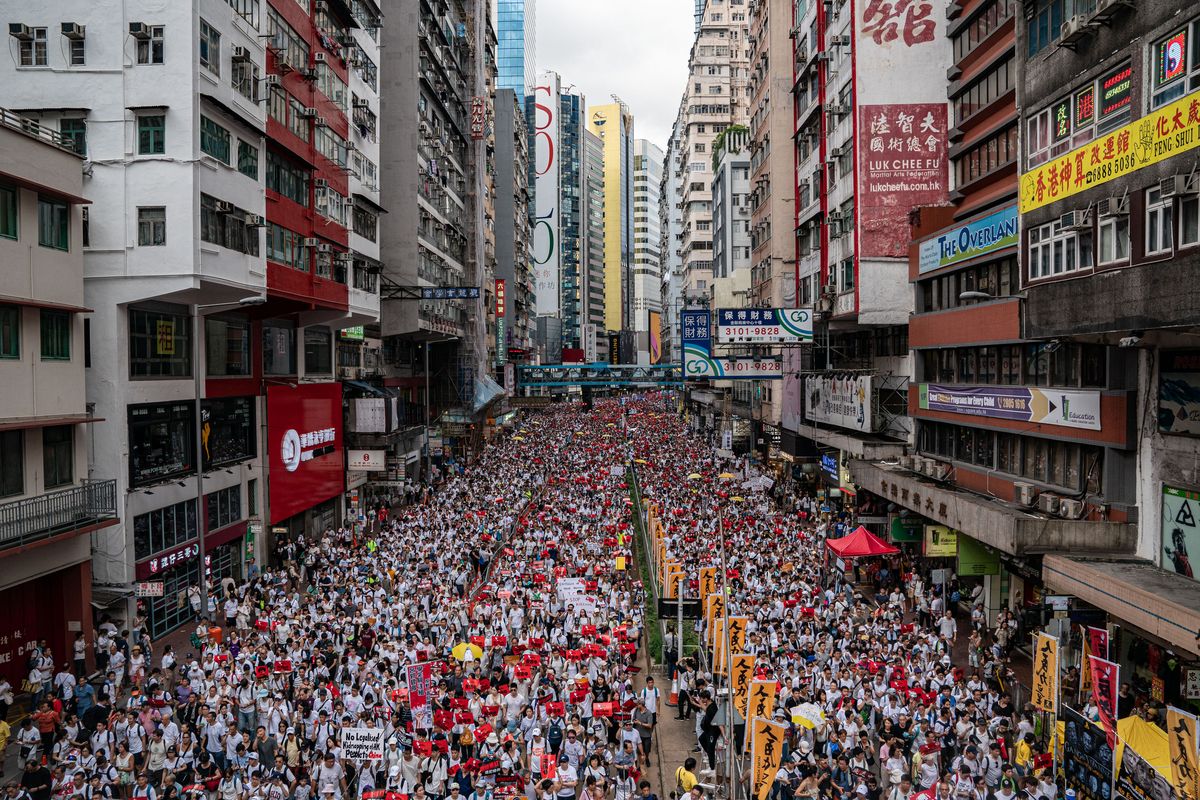
Source: Vox
That night, hundreds of protesters camped in front of the government headquarters. Police there then formed a human chain to make sure that they didn’t get too close to the headquarters. Around midnight, tension broke out and protesters threw bottles and metal barricades to the police. The police responded by spraying them with pepper spray. At the end of it all, around 19 protesters were arrested.
A general strike was organised on 12th June, which was when the 2nd reading of the extradition bill was to be held. A Facebook post calling for everyone to go on a “picnic” (meaning protest) had gotten a lot of attention, including the police. As a security measure, the police started checking civilian bags, which caused friction. Around 11 am, the 2nd reading was called off indefinitely as the protesters had blocked the main road leading to the government HQ.
Around 3pm, protesters charged the police barricades but were met with pepper spray. Riot police dispersed the protesters with tear gas and rubber bullets. At the end of the day, there were around 79 people who were injured, including police officers. The police officers were criticised by Hong Kongers and also global citizens as they wrongfully used tear gas and batons on a peaceful group of protesters. Isn’t that a wrongful use of power?
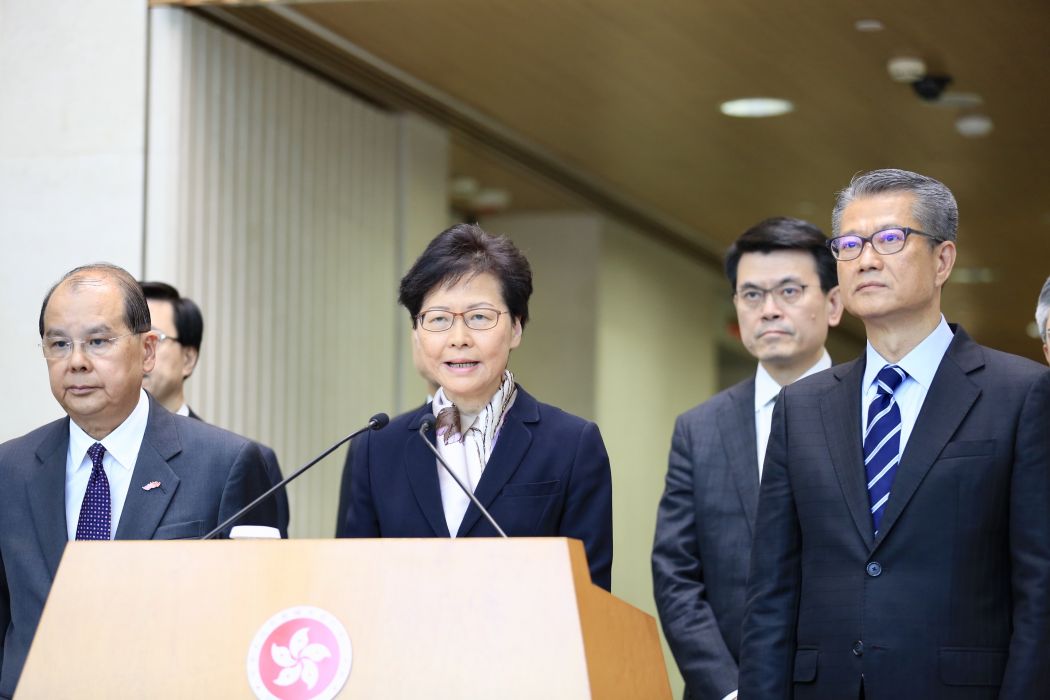
Source: HKFP
On 15th June, Carrie Lam announced that the extradition bill would be paused. However, the Civil Human Rights Front, a coalition of pro-democracy NGOs, told the people to not be fooled.
Protesters gathered in front of the police HQ. They had blocked off all exits, threw eggs at the building, drew graffiti on the walls, taped all CCTV’s, splashed oil on officers and directed laser beams into the officers’ eyes.
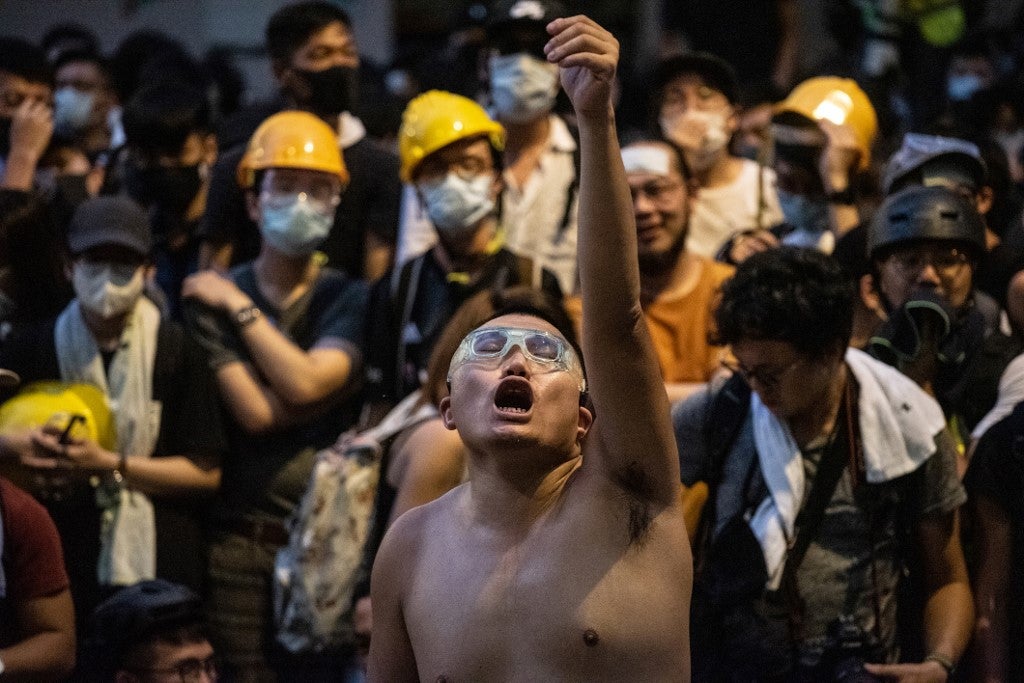
Source: HKFP
Protests took place at 19 foreign consulates in Hong Kong in order to raise the issue at the G20 summit in Osaka. There were also a few protests going on in Osaka, Japan. China then said that this is an internal affair and no other country should involve themselves in the discourse. Uhm….
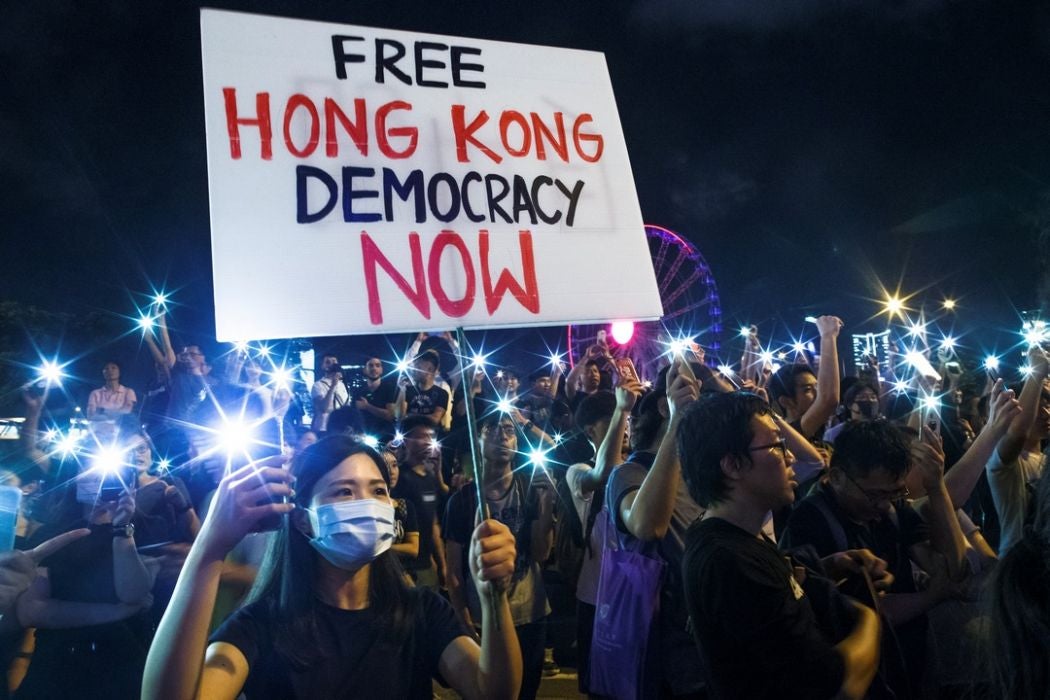
Source: HKFP
The annual pro-democracy march took place and was attended by 550,000 people while police placed the estimate around 190,000. At around 9pm, hundreds of protesters stormed the legislative building after breaking through glass walls and metal doors. They proceeded to damage portraits, smash furniture, deface the Hong Kong emblem, waved the union flag and displayed the colonial Hong Kong flag.
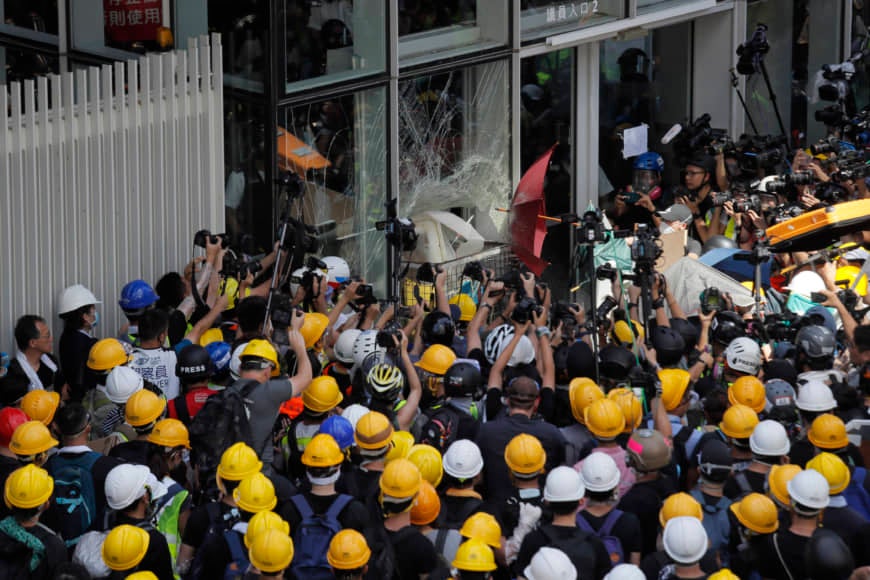
Source: The Japan Times
It is said that this protest was a result of the anger among the people due to protester suicide cases.
At 4am, Carrie Lam held a press conference stating that she acknowledges the protests but condemns the violence. She actively avoided commenting on the suicides. Don’t you care about your citizens?
After the protest, rumours circulated saying that the police deliberately let the protesters break into the legislative building in front of journalists and reporters so that the public opinion will change, and they’ll be the “good” guys.
Protesters made their demands from within the legislative building before leaving.
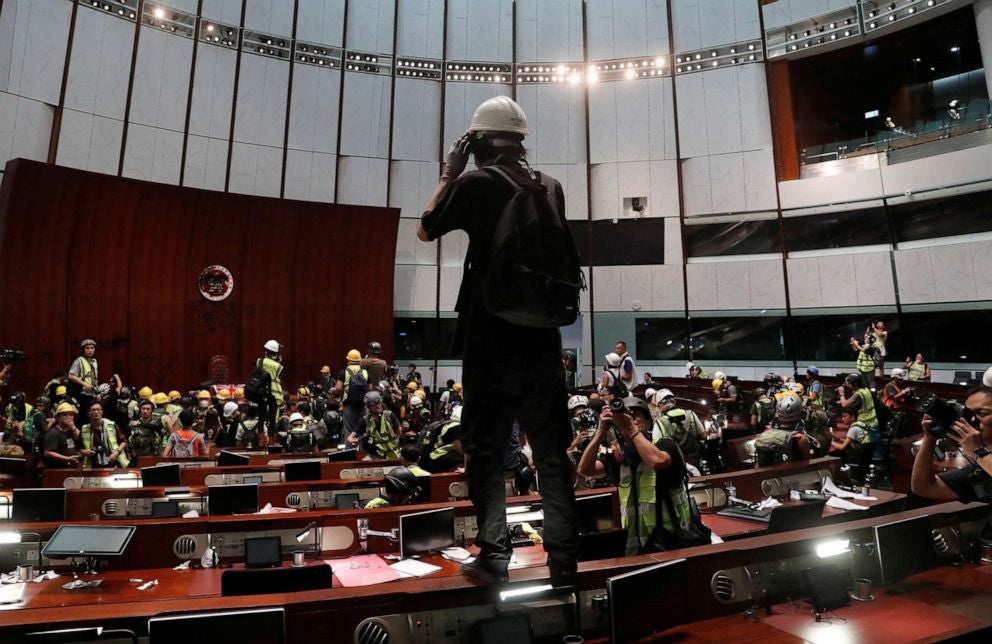
Source: ABC
Protesters marched along tourist spots where mainland tourists love to frequent to raise awareness of what’s happening. After the protests died off, some of the protesters stayed and soon the riot police came. Without showing their warrant, they started hitting civilians indiscriminately.
Protesters went to the police station to call them out for using brute force while not showing their warrants which is a definite violation of law. Later that day, it was said that a few youths had erected a wall where they can post their thoughts on the protests, then a group of pro- gov people started harassing them. Police officers were criticised for not protecting the group of youths.
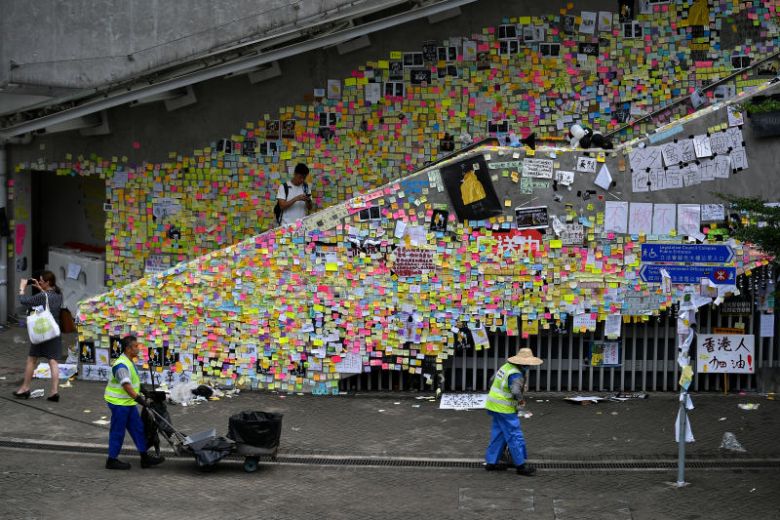
Source: Straits Times
The elderly took to the streets to ask the government to give in to the demands made and to show that not all elderlies are pro-government!
A hundred men wearing white were seen to be holding iron bars and wooden clubs. At around 10pm, they started to attack people wearing black without caring if they are elderly or pregnant. After they saw that the police came, they left shortly and at around 12am, they returned and launched a second wave of attacks. WHY WOULD YOU EVEN???
A legislator has said that it was the doing of the Chinese government.
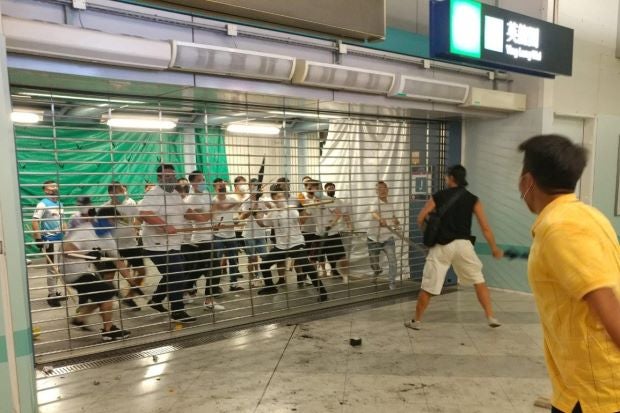
Source: The Star
There was a sit-in in the Hong Kong airport to which they asked tourists to stay safe and educated them about what has been going on.
There was a city-wide general strike. Roads were blocked and trains were stalled. Hundreds of flights were cancelled and the Hang Seng Index dropped 2.9%.
At 11am, Carrie Lam held a press conference and said that this strike will “undermine further the local economy that is facing downside risks.” She continued to support the police and rejected the demands made by the protesters.
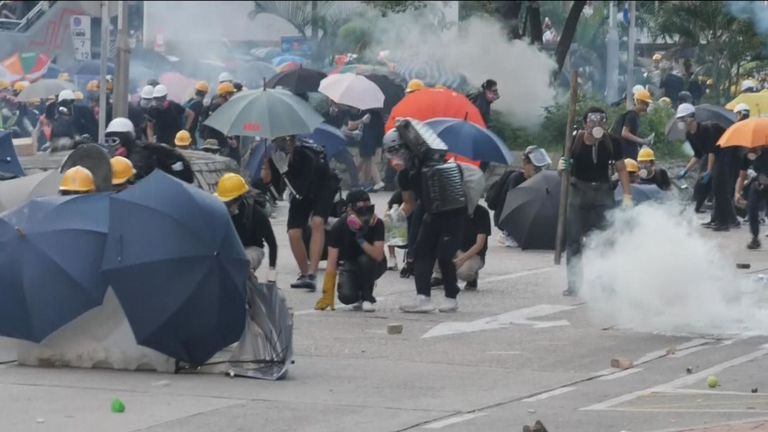
Source: Sky News
Also read: South Korean Dog Meat Farmers Taunt Protesters By Eating in Front of Them

